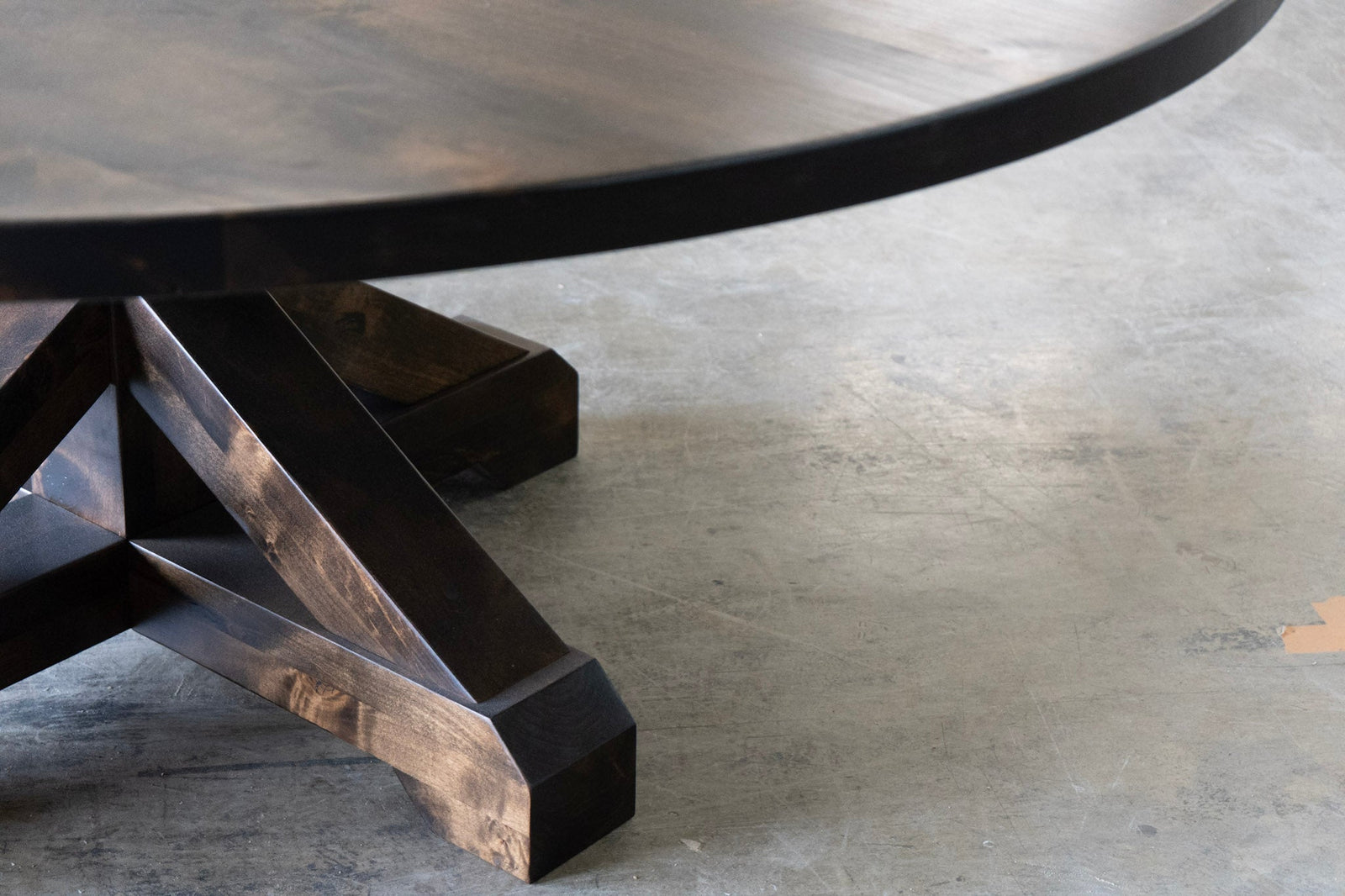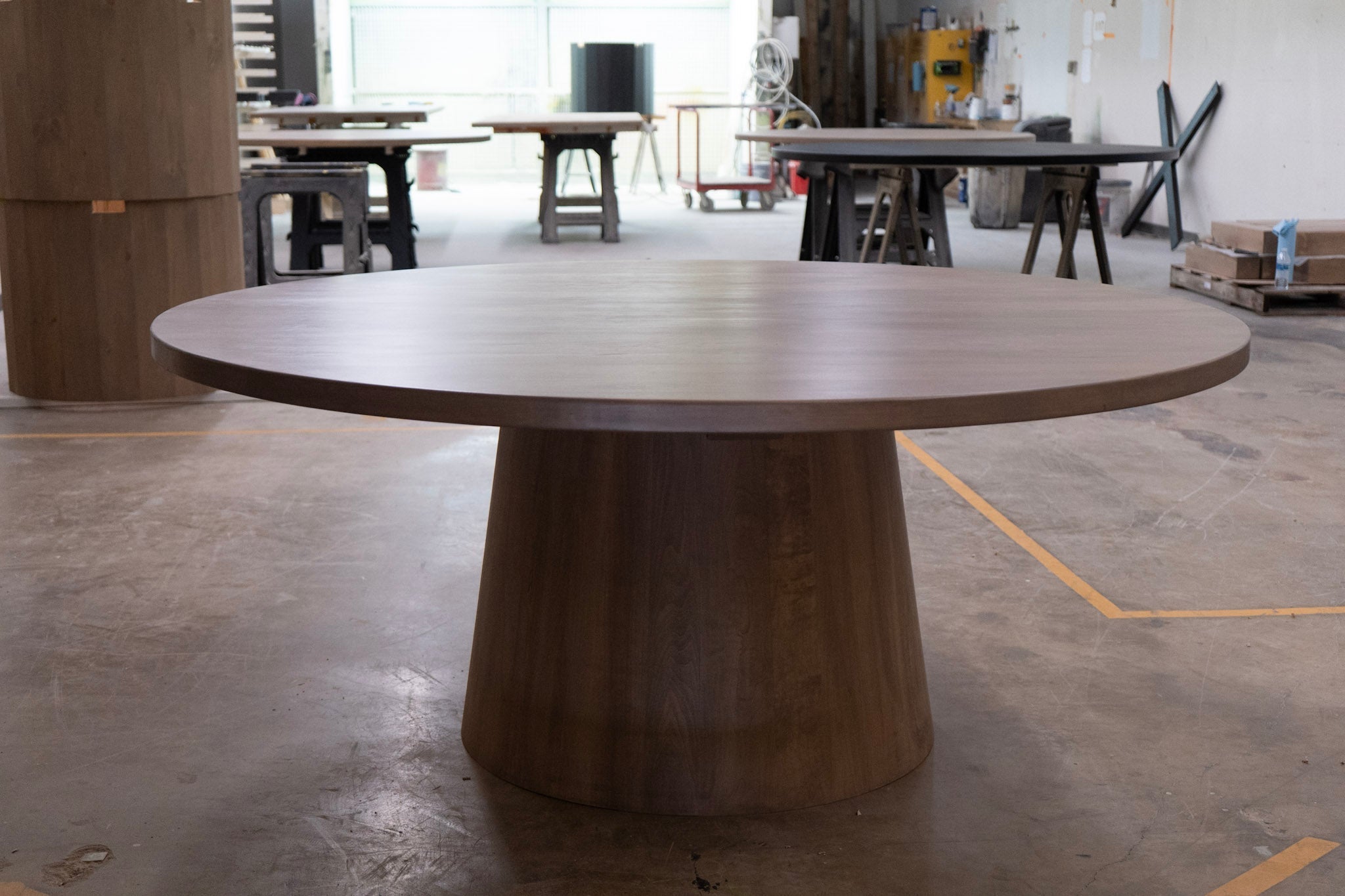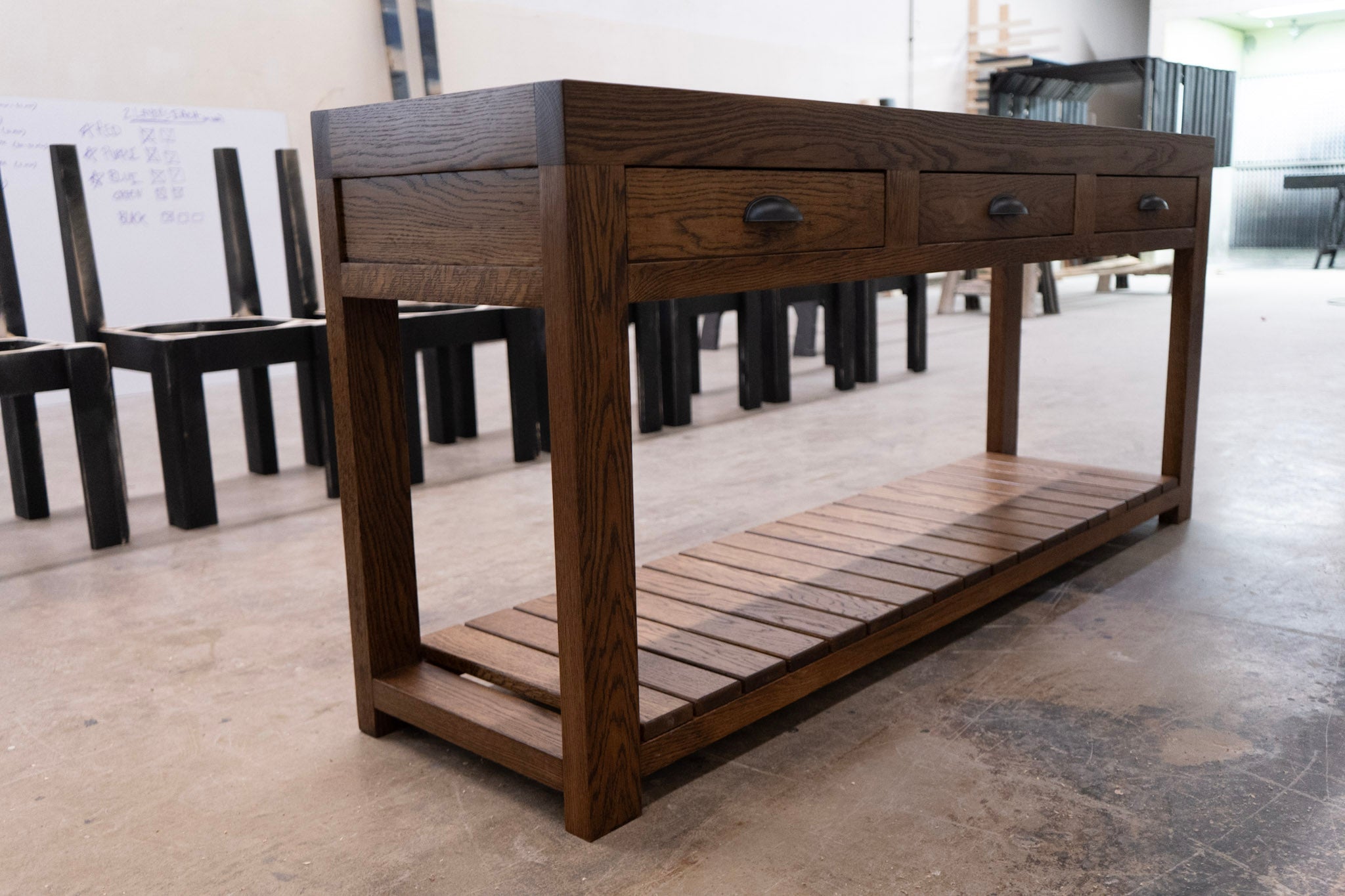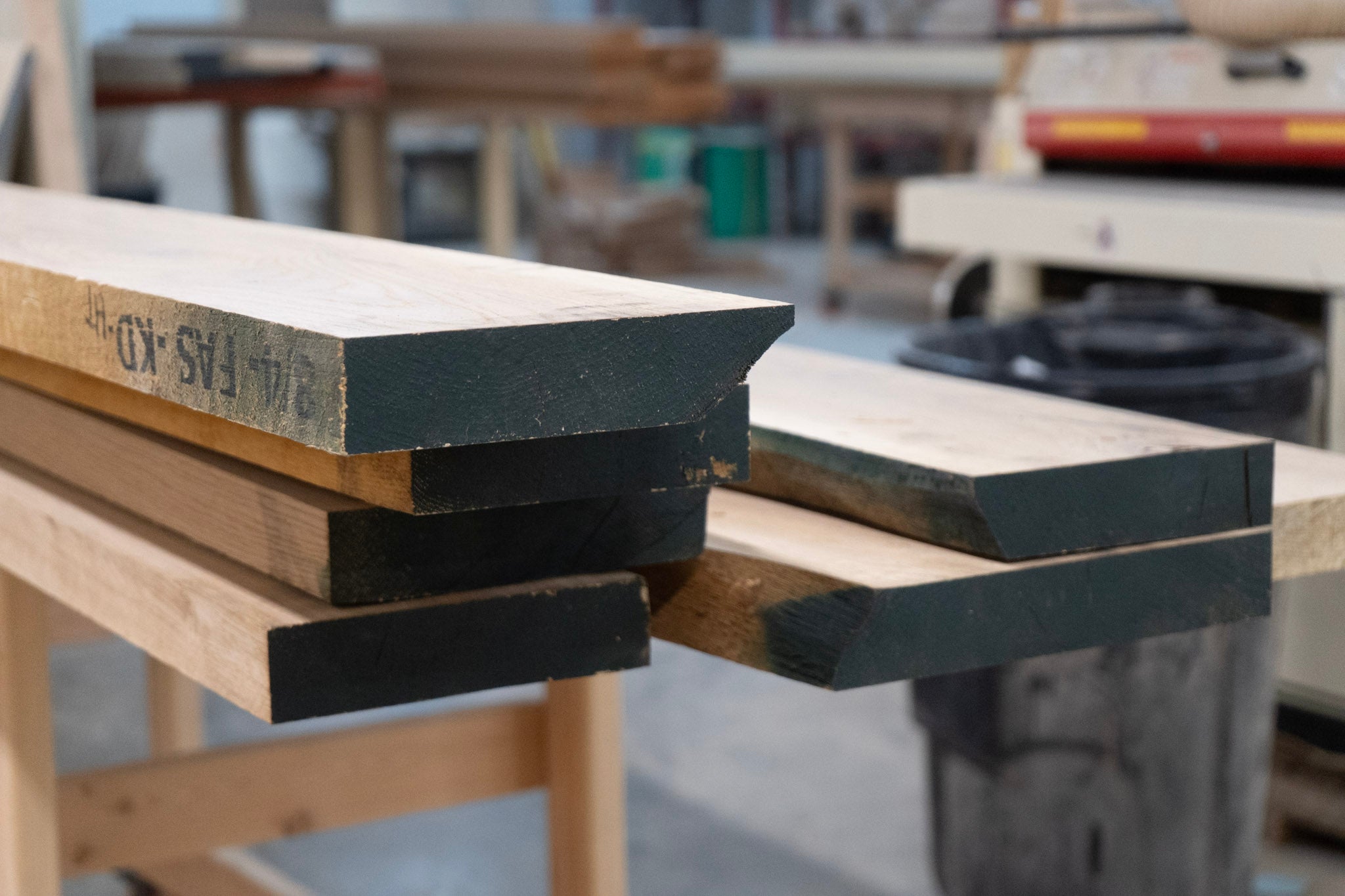What Affects the Price of Custom Furniture?

We get this question a lot — “What makes custom furniture more expensive?” And honestly, it’s a fair question.
If you're used to seeing $400 dining tables at big-box stores, a $4,000 handcrafted one can feel like a big jump. But when you understand everything that goes into the build — from materials to labor to craftsmanship — it starts to make more sense.
Here’s a breakdown of the main things that affect the price of custom furniture:
1. Wood Species
Not all wood is created equal. Some woods are more expensive because they’re harder to source, take longer to dry, or are just more in demand. For example:
-
White oak tends to be pricier because it's strong, beautiful, and finishes well — especially in modern builds.
-
Maple is a premium hardwood known for its smooth grain and clean, light tone. It’s great for modern or minimalist styles and takes stain well if you want a lighter finish.
-
Alder or Eastern white pine are more budget-friendly and still look great, especially for rustic or farmhouse styles.
The species you choose plays a big role in the overall cost — and we always help guide you to find the right fit for your style and budget.

2. Size and Scale
This one’s simple: bigger pieces require more wood, more glue, more finish, more time, and more effort to move around. A 54" round table costs less than a 72" round table, just like a nightstand costs less than a credenza.
The thickness of the top or size of the base also matters. Thicker tops or large fluted bases require more material and precision to pull off cleanly.

3. Design Complexity
The more unique the design, the more time it takes to build. Things like:
-
Fluted or reeded bases
-
Custom edges (like chamfers, bevels, or rounded corners)
-
Integrated drawers
-
Tapered or turned legs
These aren’t things you just throw together. They take planning, skill, and a lot of small steps to get right.

4. Labor + Time
We don’t mass-produce anything. Every piece we build is made by hand, start to finish. That includes:
-
Selecting and milling boards
-
Cutting, joining, and gluing the top
-
Flattening, CNC cutting, sanding, staining, finishing
-
Assembling and inspecting everything before it leaves the shop
Some builds take 40–50 hours of labor or more. When you buy custom, you’re paying for skilled craftsmanship — not an assembly line.

5. Finish Process
Stain and finish work is an art of its own. We don’t just dip or spray and call it a day. We test samples, apply stain by hand, wipe it with the grain, then spray 3–4 coats of professional-grade lacquer for durability.
Between each coat, we hand-sand and clean the surface so the final finish is smooth and long-lasting. It’s not the fastest way — but it’s the best way.

6. Shipping + Delivery
Large custom pieces are heavy — sometimes 200 to 450 pounds or more — and not everyone is able (or wants!) to lift that kind of weight from the driveway into the dining room. We get it — not everyone is hands-on, or maybe you're simply not able to lift or assemble furniture. That’s why we work hard to find trusted, experienced drivers who can bring your table inside and assemble it for you.
In certain areas, we offer white-glove delivery, which means you don’t have to lift a finger. We want the entire process — from build to final placement in your home — to feel effortless and stress-free. When white-glove isn’t available, we’ll still help coordinate the best and safest delivery option, whether that’s through a specialty furniture courier or a well-packed freight shipment.

Final Thoughts
Custom furniture isn’t cheap — but it also isn’t just furniture. You’re investing in something that’s made just for you. It fits your space, your taste, and your needs. It’s not one-size-fits-all. It’s one-size-fits-you.
When you break it down, the price reflects the care, time, materials, and detail that goes into every step — and it’s worth it.
Have questions about pricing or how to customize a piece for your space? Reach out. We’re always happy to walk you through it.








Leave a comment